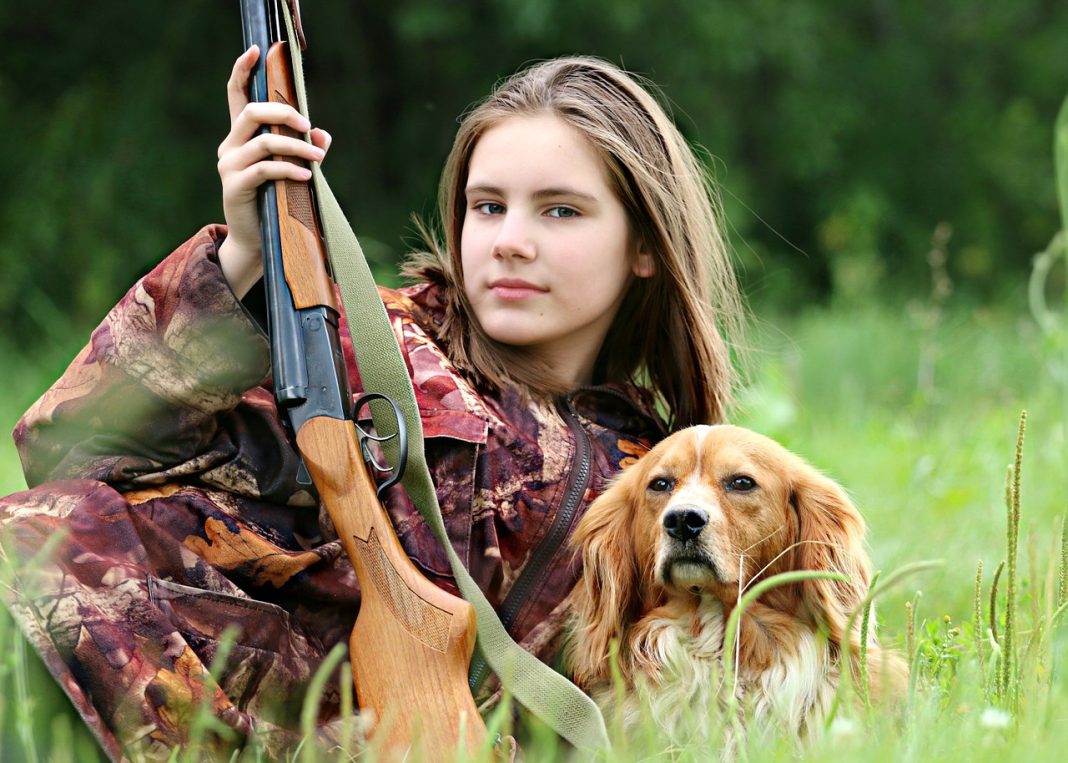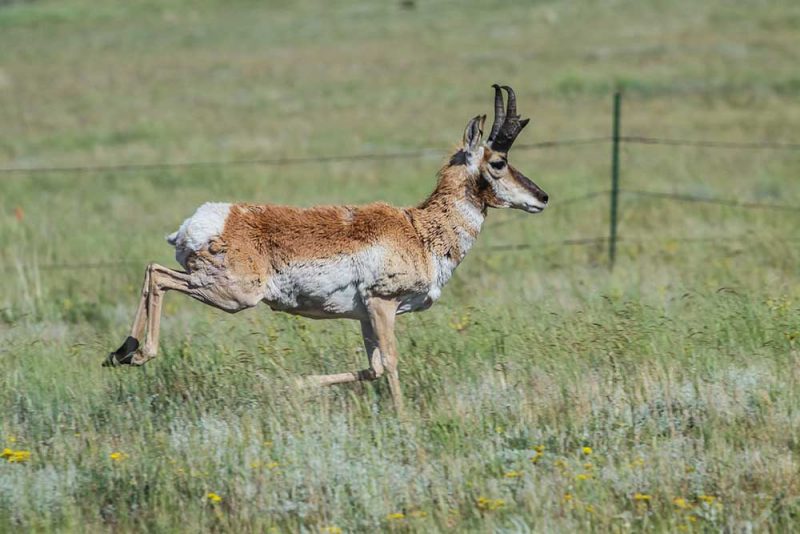Utah is not new to hunting, fishing, or wildlife viewing. In fact, areas of the state are considered some of the best in the West. Utah is not unlike the rest of the country, however. When it comes to the trend of hunting fluctuating, Utah joins the crowd.
Hunting Trends
Trends can be divided up by region, activity, or even year to year. They show whether a certain activity is increasing in popularity or decreasing. For example, hunting can even show trends where money is being spent and what it is being spent on.
Every five years the USFWS conducts a survey of fishing and hunting activity. Those surveys show the fluctuations and even show how relatively newer activities, such as wildlife viewing, have increased in popularity.
Hunting is more than a popularity contest. In some circumstances, these trends of decreasing or increasing can be implemented and planned for by wildlife managers.
“Hunting and fishing were the things you did for recreation. But that’s changed dramatically. Now, many things can compete for people’s free time.” -Phil Douglas, UDWR 2015
Before 1994 there was no limit on the sales of deer tags. Any hunter could purchase a license and a deer tag and harvest a deer. When the state of Utah implemented its lottery draw system, the number of deer tags dropped by 138,767 in three years.
More Than Just Numbers
From the outside looking in, the numbers suggest that those interested in deer hunting dropped dramatically. To get a better understanding, you also have to look at the numbers and the other hunting opportunities in the state.
Upland game interest and waterfowl have seen a significant increase in popularity. Since the changes to the deer hunt were implemented hunters sought out other game. This helps show how the trend can shift from one activity to another.
In an article published by “The Wildlife Professional” in 2017, the authors discuss how trends within hunting itself have shifted. They state,
“What is clear is that sport shooters who do not hunt have recently become a larger segment of the entire hunting and shooting population.” M. Duda, wildlife.org
In this article, the authors refer to contributions made by sportsmen to the Pittman-Robertson Act. They noticed that the trend is now starting to show increased leaning towards sports shooters. This means that target shooters, not just hunters, are starting to contribute a significant amount to the Pittman-Robertson tax.
The increase in these additional trends of wildlife recreation are starting to be noticed within the budgets of the Utah Division of Wildlife Resources. More people are target shooting and viewing wildlife and going forward the Utah DWR will add that knowledge to their management plans going forward.
You can read more about hunting and wildlife management in Utah by going to the Utah DWR website, which can be done by clicking here. Likewise, you can read more Utah-related hunting news by clicking here.















